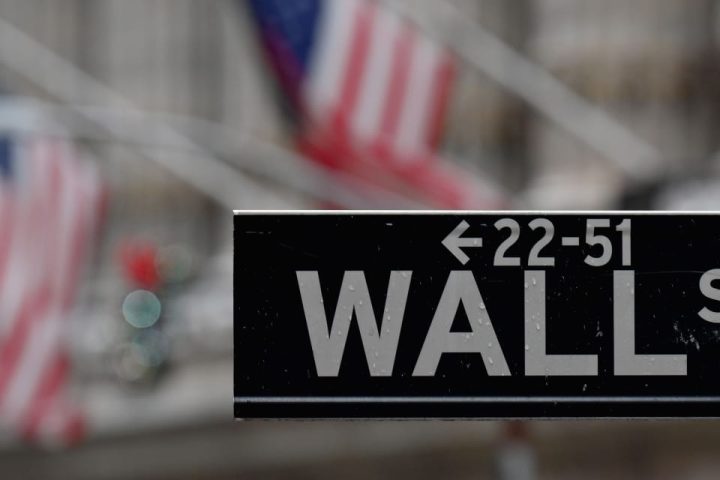(This Feb. 29 story has been refiled to add the full title of the portfolio manager in paragraph 3)
By Davide Barbuscia
NEW YORK (Reuters) – U.S. Treasury term premiums, a measure of the compensation investors demand for holding long-term bonds, could shoot up again amid sticky inflation and rising fiscal deficits, U.S. bond asset manager PIMCO said on Thursday.
Term premiums, which can hurt assets such as stocks when they rise, have largely been suppressed for about a decade amid low interest rates that followed the 2007-2009 global financial crisis and the COVID-19 pandemic. Even prior to that, premiums have been gradually declining since the 1980s.
“We are at a moment when the term premium could start to reverse the 40-year downtrend,” Marc Seidner, chief investment officer of nontraditional strategies, and Pramol Dhawan, head of emerging markets portfolio management at PIMCO said in a note.
A stronger-than-anticipated inflation reading in January and recent projections on rising fiscal deficits and the likely increase in debt issuance needed to fund them indicate term premiums could build up again in a sustained manner, they said.
“Borrowing costs are now higher, as are ongoing deficits. Therefore we know with near certainty that interest expenses will keep rising,” they said.
The term premium of benchmark 10-year Treasury yields is currently at minus 0.3%, according to a New York Fed gauge.
It turned positive last year as concerns over rising fiscal deficits and an increase in government bond issuance helped lift long-term Treasury yields, which move inversely to prices, only to go back into negative territory again on expectations of interest rate cuts by the Federal Reserve.
A bounce back to around 2% levels seen in the late 1990s and early 2000s “would not only affect bond prices but also prices of equities, real estate, and any other asset that is valued based on discounted future cash flows,” said Seidner and Dhawan.
They added the Treasury yield curve – parts of which are currently inverted because some short-term bonds yield more than longer-dated ones – could correct itself because of rising term premiums, on top of a much-anticipated Fed shift to lower rates.
PIMCO has a “curve-steepening bias” in its portfolios, favoring maturities of five to 10 years globally and with an underweight for bonds of around 30 years, it said.
“There is a very real possibility that the curve could kink following the first Fed rate cut, with shorter-term yields declining, intermediate rates not moving much, and longer-term yields rising as the term premium stages a comeback,” the note said.
Read the full article here







